Chure Conservation Day 2025: President stresses discipline for effective Chure conservation
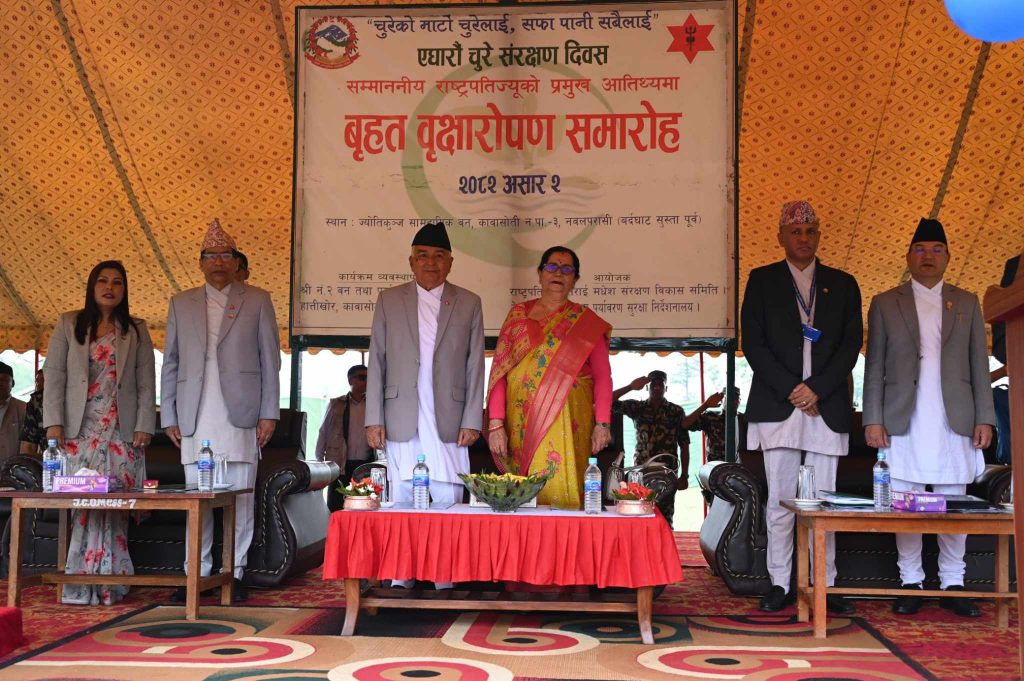
June 16, Kathmandu: President Ramchandra Paudel emphasised the need for improved policies, legal frameworks, and strengthened organisational structures to make Chure conservation efforts more effective. Speaking at an event marking Chure Conservation Day 2025 in Nawalparasi’s Kawasoti Municipality-3, he urged a review of the achievements of the President Chure-Tarai Madhesh Conservation Development Committee to ensure its objectives are met.
During the program, President Paudel planted a banyan tree, and First Lady Sabita Paudel planted a pipal tree at the Jyotipunj Community Forest, spanning around 7 hectares, to inaugurate the conservation day. He stressed that discipline and dedication within the institution tasked with Chure conservation are crucial for impactful results.
The President noted that while initiatives like landslide and flash flood prevention, wetland management, pond construction, riverbank protection, afforestation, agroforestry, and conservation of sensitive areas have been undertaken, the committee has yet to fully achieve its intended goals.
He highlighted the committee’s formation to protect and sustainably utilise Chure’s natural resources, reduce environmental degradation, and improve local livelihoods across 164 river systems and their watersheds, declared as environmental protection zones.
President Paudel pointed out that Chure, spanning 37 districts and linked to the livelihoods of about 60 per cent of Nepal’s population, faces threats from population pressure, poverty, unscientific farming, forest encroachment, and over-extraction of river materials.

These human activities are depleting the region’s natural resources, he said, adding that sediment flow from hills clogs rivers, diverting them toward villages and farmlands, causing significant damage. He suggested that proper river channelisation and sediment utilisation could protect the Tarai-Madhesh region.
Acknowledging the Nepali Army’s significant role in Chure conservation, the President praised efforts like afforestation, restoration of degraded areas, and the construction of large ponds handed over to communities. He called for expanding these initiatives.
He also highlighted Chure’s geological fragility, making it prone to landslides, floods, and river erosion, which threaten to turn Tarai’s fertile lands into deserts. As a critical groundwater recharge zone, rich in biodiversity and home to rare wildlife, Chure plays a vital role in maintaining ecological balance, he added.



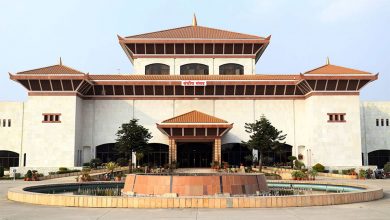
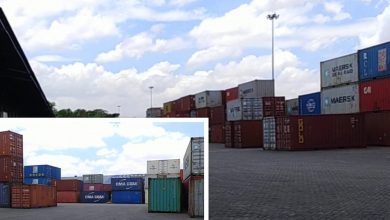


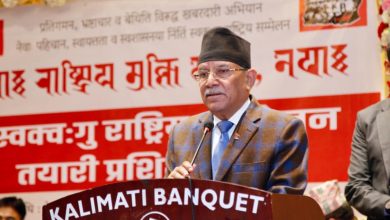
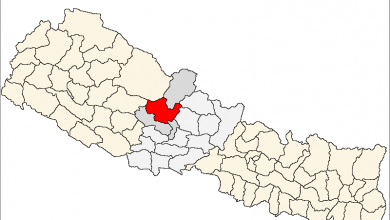
Comments